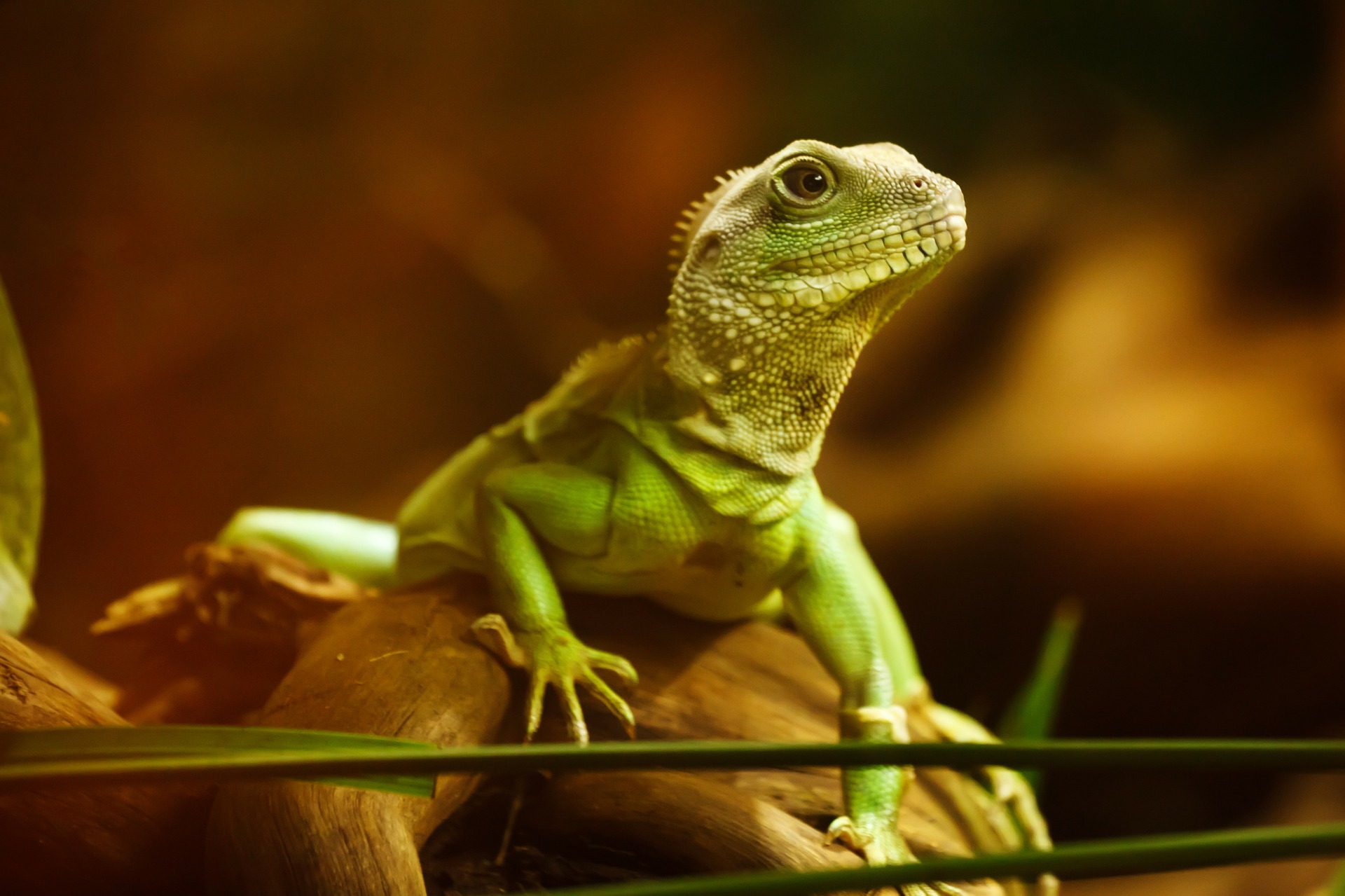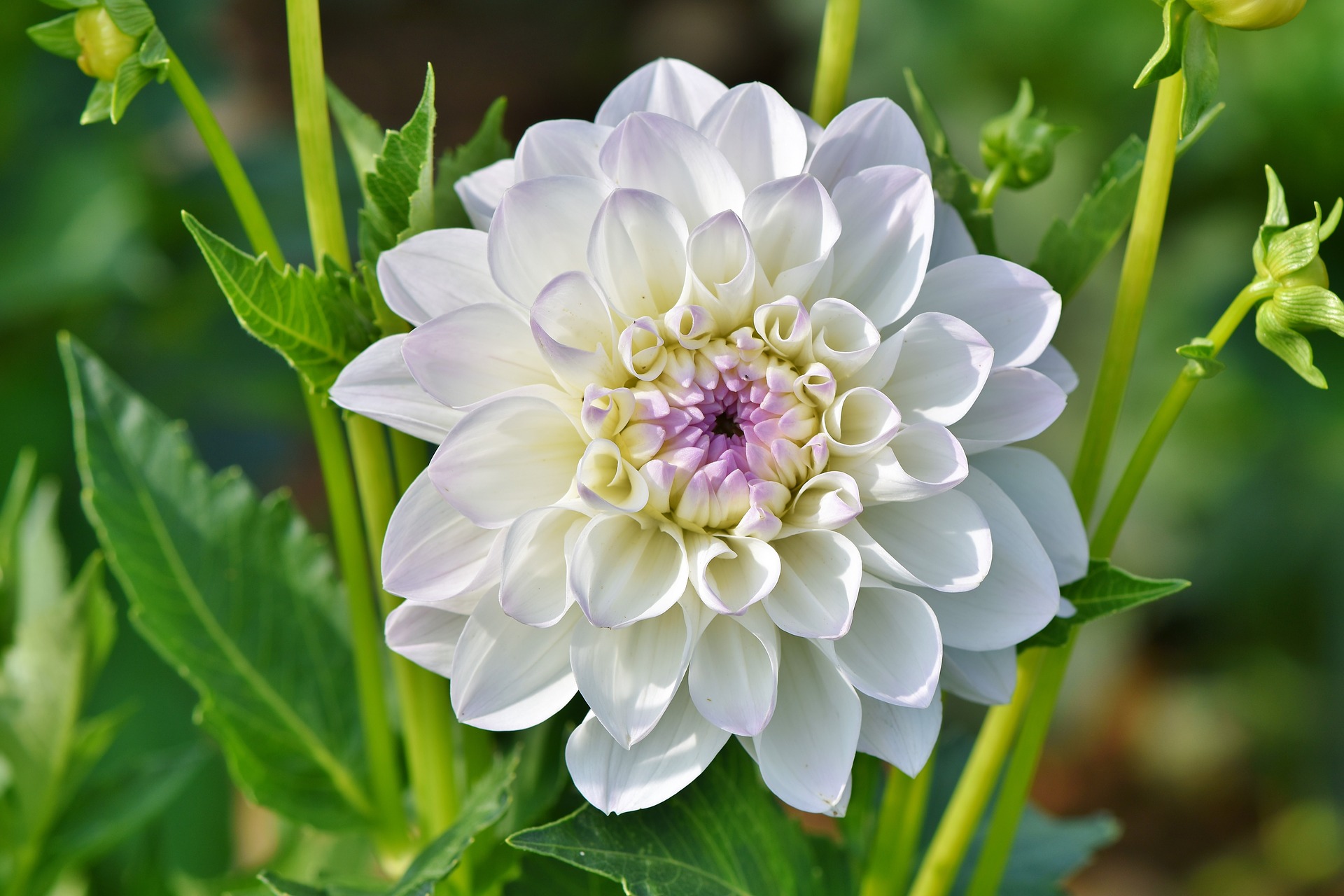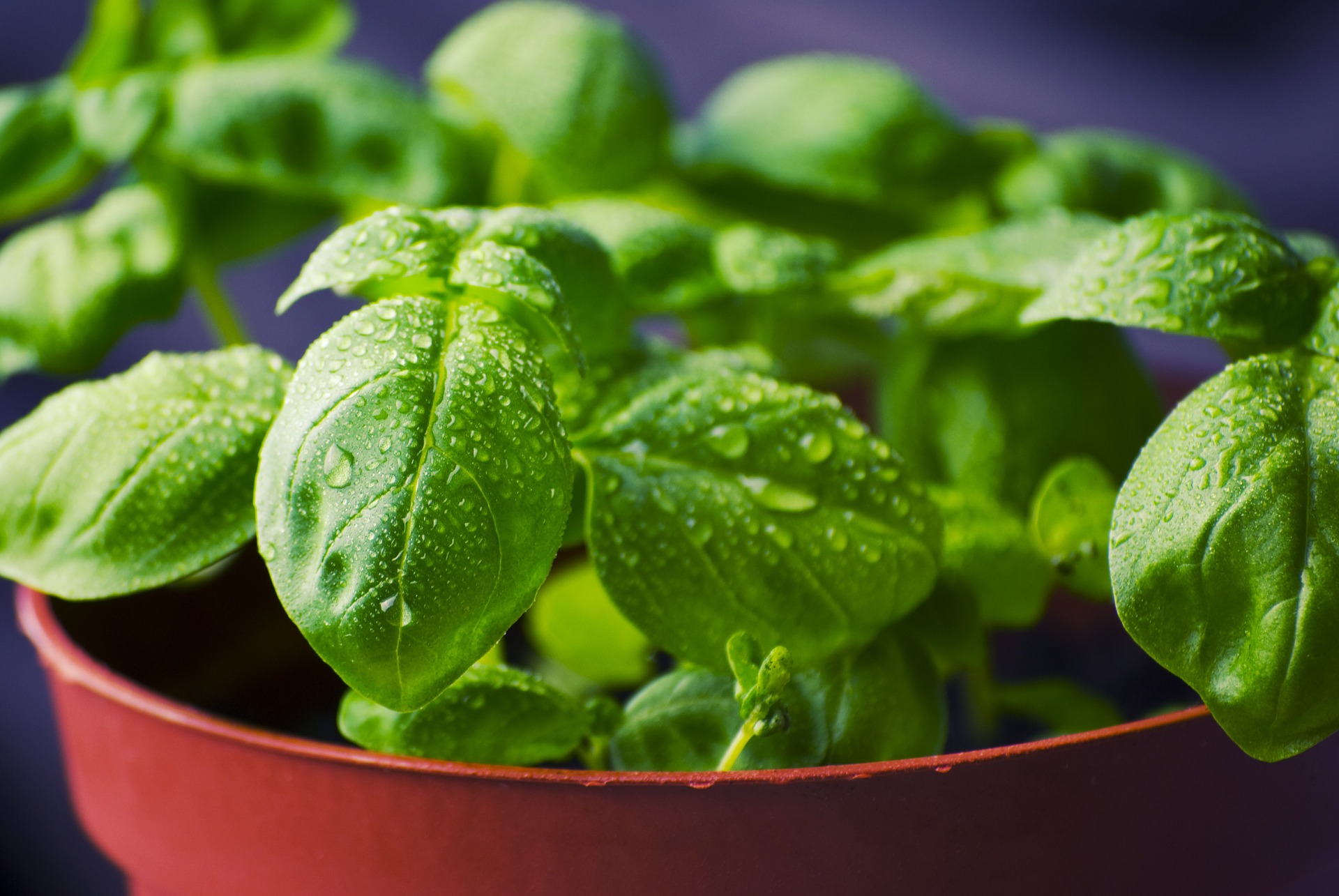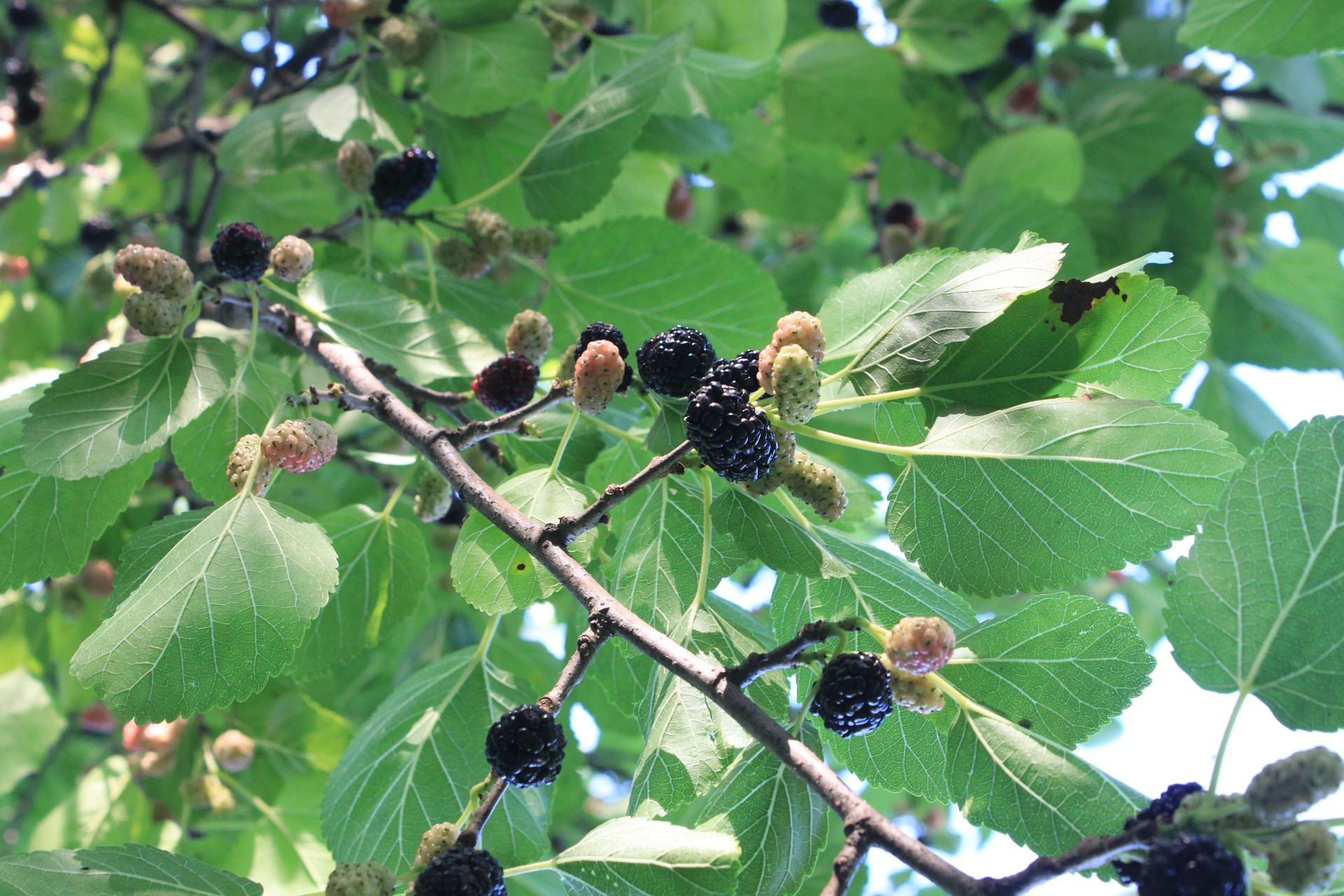
Omnivore pets can eat a variety of different foods, but most of the time they end up on a pretty routine diet with the same foods every day. You can liven up your lizard’s diet and provide them with some mental stimulation by occasionally adding different foods they don’t get very often.
I’ve gathered some ideas for lizard-safe foods that your exotic pet may not get to enjoy very often. Try them out and see if you notice a difference in your reptile’s behavior.
Which lizards are omnivores?
Not all lizards can eat vegetation. In fact, many of them are strict insectivores, such as geckos, anoles, and spiny lizards. Some are even carnivores, like the European legless lizard, which will eat small rodents in addition to insects. At the other end of the spectrum are strict herbivore lizards. These are fairly rare, but include the uromastyx.
In between, though, many lizards are omnivores and can enjoy quite a variety of foods. Reptile omnivores that are commonly kept as pets include skinks, chameleons, Chinese water dragons, bearded dragons, iguanas, and tegus. It should be noted that tegus, however, lean towards eating more meat than plant foods. If you have a tegu, you can certainly try feeding any of the foods listed here, but your pet may not be interested in some of them.
Be sure to only feed your lizard foods that are appropriate to its species.
What to feed lizards
If you’ve determined that your lizard is in fact a herbivore or an omnivore, then you can proceed with these reptile-friendly food items. Amounts will depend on the size of your lizard and its other dietary needs, including what proportion of its diet should come from other foods like insects and standard leafy greens.

Flowers
Many flowers are edible (both for plant-eating reptiles and for people). Some varieties you can safely feed to lizards are hibiscus, carnations, dahlia, geraniums, and pansies. Dandelions and clover are flowering plants (sometimes considered weeds) that are easy to find in many yards. As long as you don’t spray pesticides or other chemicals on your grass, you can feed the flowers and the leaves to your exotic pet for an inexpensive treat.
Many other flowers are also safe. The Tye-Dyed Iguana sells a mixed flower food for lizards that contains a variety of dried flowers.

Herbs
Herbs are another food that your lizard may not get often but provides a different taste from dark leafy greens. Many pets excitedly eat herbs when presented. You can try mint, basil, oregano, peppermint, and thyme leaves. Other herbs are also usually safe. You can check with your vet if you aren’t sure, or consult a list of plants generally considered safe.

Common leaves
Like dandelions and clover, tree leaves are easily found in your own yard, and some of them can be fed to pets. Safe varieties include maple leaves, mulberry leaves, and mesquite leaves. Some keepers feed ficus leaves to chameleons, but be careful not to give too much of this.
In some cases, the sap of otherwise safe trees or plants may be an irritant, so be sure to feed only the leaves to your lizard.
Not all lizards have a taste for all these plants. You’ll have to go by trial and error to see which ones your pet enjoys. Check out our other blog posts for more ideas on exotic pet care and enrichment.
